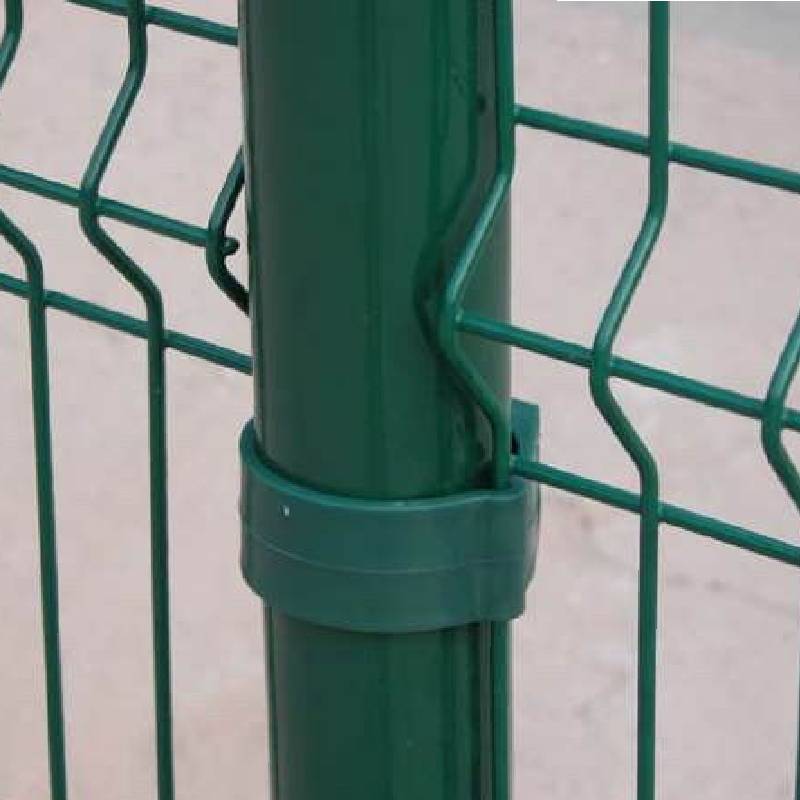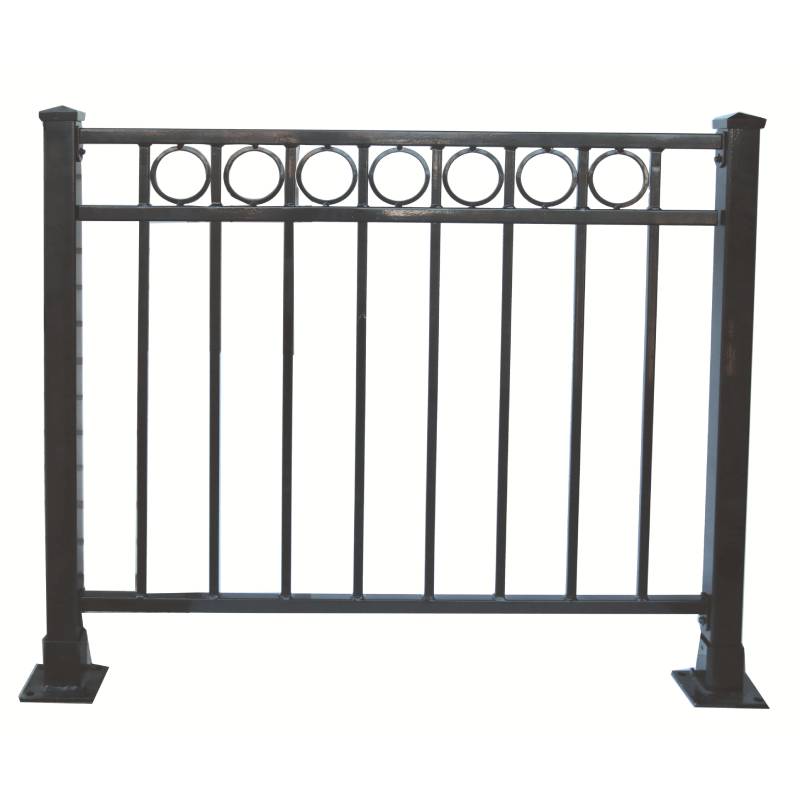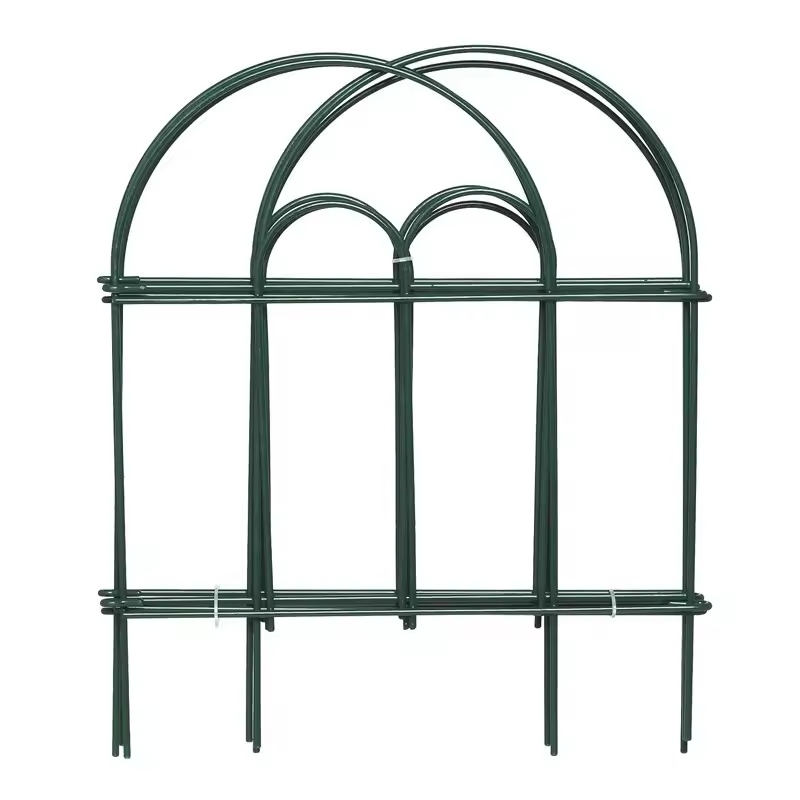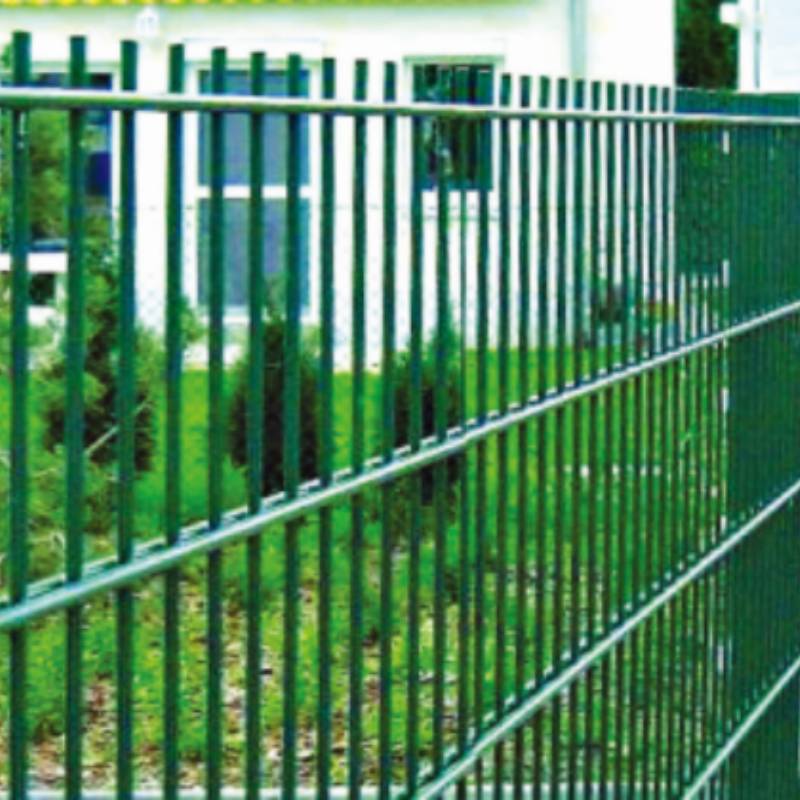-
Netfang:zhao@hyliec.cn
-
Sími:+86 311 85273988
-
WhatsAPP:8613931128750
-
 Afríku
Afríku -
 albanska
albanska -
 amharíska
amharíska -
 arabíska
arabíska -
 Armenska
Armenska -
 Aserbaídsjan
Aserbaídsjan -
 baskneska
baskneska -
 hvítrússneska
hvítrússneska -
 bengalska
bengalska -
 bosníska
bosníska -
 búlgarska
búlgarska -
 katalónska
katalónska -
 Cebuano
Cebuano -
 korsíkanskt
korsíkanskt -
 króatíska
króatíska -
 tékkneska
tékkneska -
 danska
danska -
 hollenska
hollenska -
 Enska
Enska -
 esperantó
esperantó -
 eistneska, eisti, eistneskur
eistneska, eisti, eistneskur -
 finnska
finnska -
 franska
franska -
 frísneska
frísneska -
 galisíska
galisíska -
 georgískt
georgískt -
 þýska, Þjóðverji, þýskur
þýska, Þjóðverji, þýskur -
 gríska
gríska -
 Gújaratí
Gújaratí -
 Haítískt kreóla
Haítískt kreóla -
 hausa
hausa -
 hawaiískur
hawaiískur -
 hebreska
hebreska -
 Neibb
Neibb -
 Miaó
Miaó -
 ungverska, Ungverji, ungverskt
ungverska, Ungverji, ungverskt -
 íslenskur
íslenskur -
 igbó
igbó -
 indónesíska
indónesíska -
 írska
írska -
 ítalska
ítalska -
 japönsku
japönsku -
 javanska
javanska -
 Kannada
Kannada -
 kasakska
kasakska -
 Khmer
Khmer -
 Rúanda
Rúanda -
 kóreska
kóreska -
 Kúrda
Kúrda -
 Kirgisi
Kirgisi -
 TB
TB -
 latína
latína -
 lettneska
lettneska -
 litháískur
litháískur -
 Lúxemborg
Lúxemborg -
 makedónska
makedónska -
 Malgashi
Malgashi -
 malaíska
malaíska -
 Malajalam
Malajalam -
 maltneska
maltneska -
 Maori
Maori -
 Marathi
Marathi -
 mongólska
mongólska -
 Mjanmar
Mjanmar -
 nepalska
nepalska -
 norska
norska -
 norska
norska -
 oksítanska
oksítanska -
 Pastó
Pastó -
 persneska
persneska -
 pólsku
pólsku -
 portúgalska
portúgalska -
 Púndjabí
Púndjabí -
 rúmenska
rúmenska -
 Rússneskt
Rússneskt -
 Samósk
Samósk -
 skosk gelíska
skosk gelíska -
 serbneska
serbneska -
 Enska
Enska -
 Shona
Shona -
 Sindhi
Sindhi -
 Sinhala
Sinhala -
 slóvakíska
slóvakíska -
 slóvenska
slóvenska -
 sómalska
sómalska -
 spænska, spænskt
spænska, spænskt -
 Sundaneskir
Sundaneskir -
 svahílí
svahílí -
 sænsku
sænsku -
 Tagalog
Tagalog -
 Tadsjikska
Tadsjikska -
 tamílska
tamílska -
 Tatar
Tatar -
 Telúgú
Telúgú -
 Tælensk
Tælensk -
 tyrkneska
tyrkneska -
 Túrkmena
Túrkmena -
 úkraínska
úkraínska -
 Úrdú
Úrdú -
 Uighur
Uighur -
 úsbekskur
úsbekskur -
 Víetnamska
Víetnamska -
 velska
velska -
 Hjálp
Hjálp -
 jiddíska
jiddíska -
 Jórúba
Jórúba -
 Zulu
Zulu
Panel girðing
Wholesale Metal Fence Panels ?
Wholesale metal fence panels are a popular choice for those looking for durable and secure fencing solutions. These panels are often made steel materials providing a
strong and long-lasting option for garden fencing. They are available in various designs and sizes, making them suitable for a wide range of applications. Wholesale options offer cost-effective solutions for purchasing metal fence panels in bulk, making them ideal for contractors, landscapers, and property developers looking to install fencing on a larger scale.
Is It Cheaper To Buy Fence Panels Or Build Them?
The cost of buying fence panels versus building them can vary depending on several factors. In general, buying pre-made fence panels can be cheaper and more time-efficient than building them from scratch. Pre-made panels are mass-produced, which often makes them more cost-effective due to economies of scale. Additionally, purchasing fence panels can save on labor costs, as they are typically easier and quicker to install compared to building a fence from individual components. However, building a fence from raw materials allows for more customization and control over the design, which may be a priority for some individuals. It's important to consider the specific requirements, budget, and time constraints when deciding whether to buy or build fence panels.
How To Install A Panel Fence?
To install a panel fence involves several steps:
1. Measure and plan: Determine the length of the fence and calculate the number of panels needed. Plan the layout and ensure the fence posts are installed at the appropriate intervals to accommodate the panels.
2. Install the posts: Dig holes for the fence posts, ensuring they are deep enough to provide stability. Set the posts in concrete and allow them to cure before attaching the panels.
3. Attach the panels: Once the posts are set, attach the panels to the posts using appropriate fasteners such as screws or nails. Ensure the panels are level and properly aligned.
4. Add finishing touches: Depending on the type of panels used, additional finishing touches such as capping, trim, or paint may be required to enhance the appearance and durability of the fence.
5. Maintenance: Regular maintenance, such as cleaning and sealing, may be necessary to ensure the longevity of the fence panels.
It's important to follow the manufacturer's instructions and local building codes when paneling a fence to ensure proper installation and compliance with regulations. If in doubt, it's advisable to consult with a professional or seek guidance from experienced individuals.








